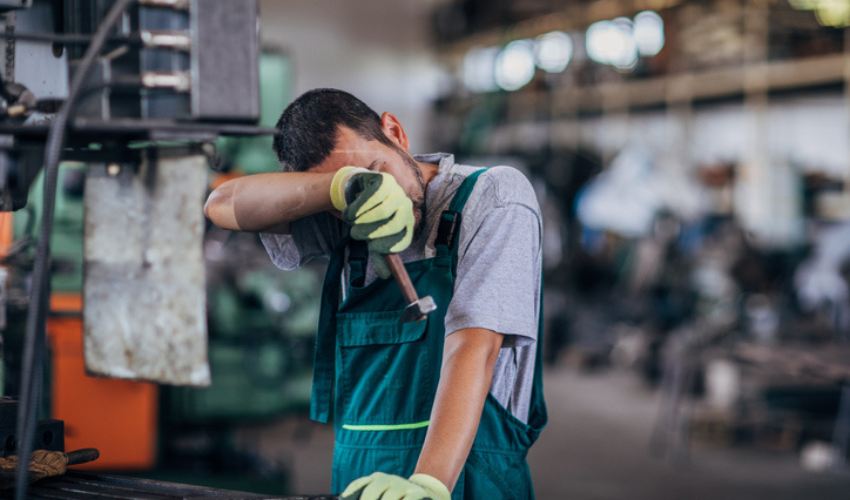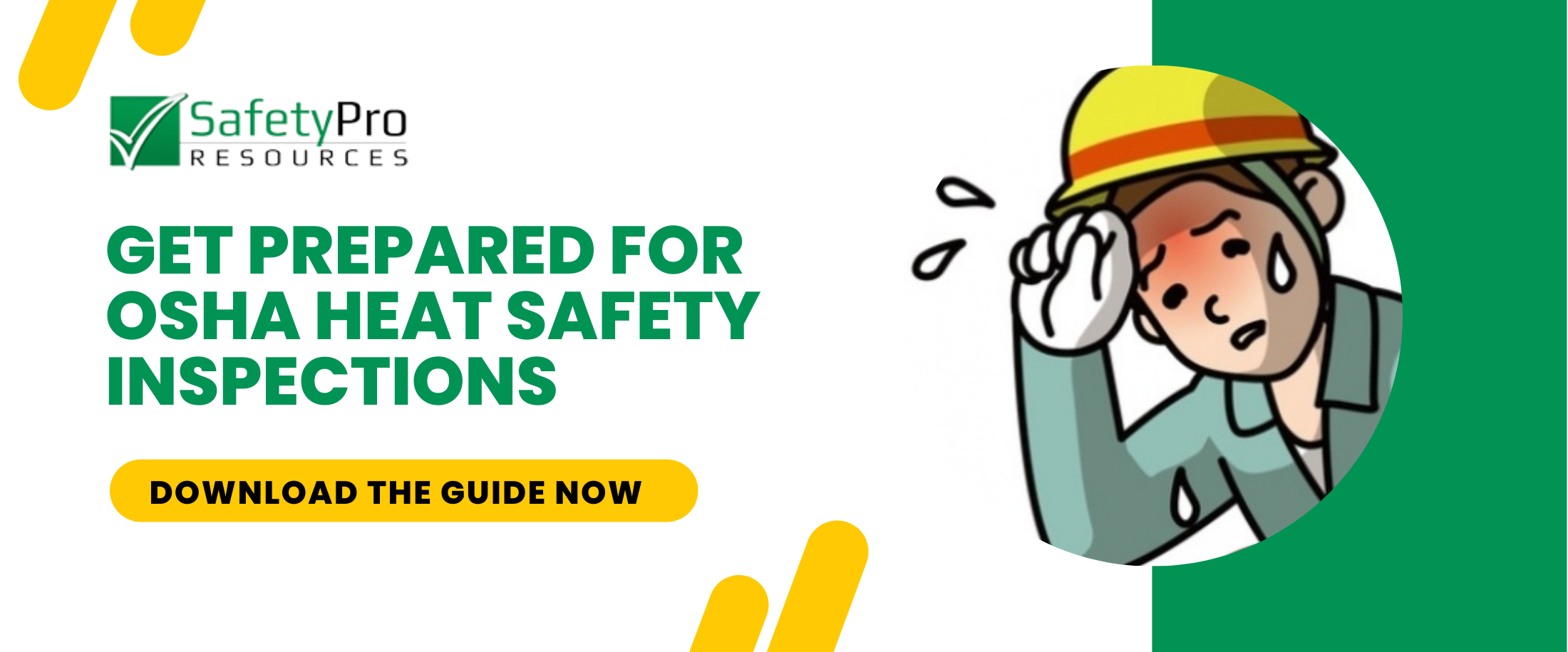
As we move into the cooler season, it’s all too easy to forget the extreme heat of the past few summers. And while the world continues to warm, on-the-job heat illness has grown to be a serious threat to all workers, especially those in construction.
OSHA's New Heat Standard
In response to the public demand for better worker safety, OSHA not only created a new heat standard for indoor hazards, but developed a National Emphasis Program (NEP) on heat inspections. This NEP will allow OSHA to implement and enforce their new initiative on heat hazards, with the goal of eliminating worker exposure to work-related heat illness and injury. While this standard applies to all industries, OSHA will be focusing on construction, maritime, and agriculture.
For construction site managers, this means OSHA will be increasing inspections and interventions on days where the heat index exceeds 80 degrees Fahrenheit. The standard requires employers to monitor employee heat acclimatization, including temperature and humidity levels, and any worksite without air conditioning is now required to install sensors to detect when conditions reach unhealthy levels.
While OSHA will be looking for willful and repeated violations, the agency has emphasized that they will be working with employers to ensure their worksites follow OSHA’s “Working in Outdoor and Indoor Heat Environments” best practices.
What Are Indoor Heat Hazards?
When addressing heat safety on your worksite, the first step is to identify any and all heat hazards that may impact your workers. While outdoor heat hazards, like a hot sunny day with no cloud coverage, may be easier to identify, indoor heat hazards can be more subtle and just as dangerous. In fact, many employers may assume that being indoors is innately safer than working outside, but if there is no air circulation or high humidity, the environment can be just as risky.
Some common indoor heat hazards include:
- Temperature of 80 degrees or above
- Humidity level of 60% or above
- Poor or no air circulation
- Radiant heat sources like ovens, furnaces, or machinery
- Consistent physical labor
- Lack of cool drinking water
- Heavy and/or restricting personal protective equipment (PPE)
Heat hazards can vary depending on your site, the project, where in the country you’re located, and the experience level of your workers. If high outdoor temperatures are common in your area, you’ll need to find permanent solutions to address these recurring hazards.
Addressing Indoor Heat Hazards
After identifying the hazards in your workplace, you’ll need to include specific steps for dealing with heat in your Injury and Illness Prevention Program (IIPP). This should include an emergency response plan that breaks down the steps to take if someone is experiencing a heat-related illness. 
Ensure your employees and contractors are trained to identify the symptoms of common heat illnesses. By having coworkers look out for each other, heat illnesses can be addressed much more quickly and extreme injury and fatality can be prevented. Encourage all employees to drink water often and to report any symptoms they experience or witness. Also be sure to schedule rest breaks in designated, cooler areas separate from the working environment.
Other common ways to address indoor heat hazards include:
- Adding air conditioning or cooling fans
- Adding or increasing air circulation and ventilation
- Adding local exhaust ventilation to expel hot air coming from heat sources
- Insulating or shielding hot equipment, pipes, and structures
- Repairing any equipment that may be leaking heat or steam into the working environment
- Rotating work schedules to reduce worker exposure to heat sources
- Encouraging workers to remove heavy PPE during breaks
- Having plenty of cool drinking water available at all times
Heat Hazard Training
After addressing heat hazards in your working environment, it’s essential to follow-up with comprehensive, in-depth heat hazard training. Workers need to be made aware of the risks of working in the heat so that they can better protect themselves and their coworkers.
Ensure all workers have an understanding of common heat-related illnesses, including heat rash, heat exhaustion, heat stroke, and heat cramps. While the severity of each illness can vary, all heat illnesses can escalate if not addressed quickly. Workers and contractors should be made aware of the site’s heat illness emergency plan, including ways to cool off the impacted worker and when to contact emergency health services.
Heat acclimatization also plays an essential role in protecting workers from heat, as it helps workers’ bodies slowly get accustomed to a hot and humid working environment. This heat acclimatization schedule will look different for each worker depending on previous working experience, the general health and wellness of each employee, and any gaps in their recent work schedule.
Get Prepared for OSHA’s Heat Inspection
The health and safety of each worker should always be a top priority, and OSHA is taking added steps to ensure your worksite is compliant with their standards. Partnering with a trusted safety consultant can help you identify any current hazards or violations, develop a plan of corrective action, and create a paper trail of steps taken in the event of a surprise OSHA inspection. Reach out today for a free 30 minute consultation and find out if your compliant with OSHA's new heat standard.

















